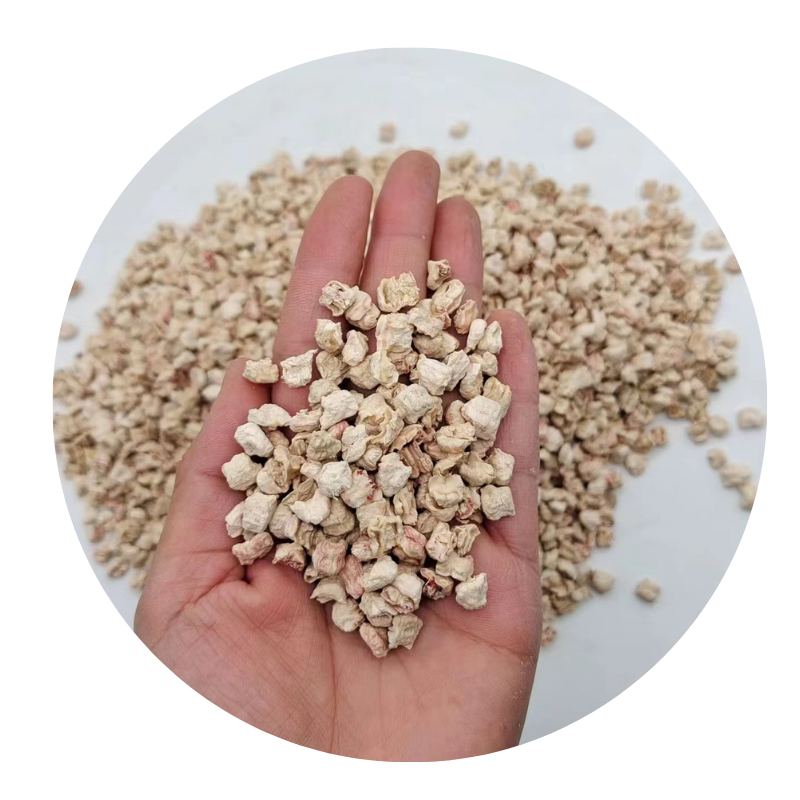
Characteristics and Utilization of Fly Ash in China's Coal Industry
The Significance of Coal Fly Ash in China
Coal fly ash, a byproduct of coal combustion, has garnered significant attention in recent years, particularly in China, which is one of the largest coal consumers in the world. As the nation grapples with the dual challenges of energy demand and environmental sustainability, understanding the role of coal fly ash becomes increasingly important. This article explores the production, properties, applications, and environmental implications of coal fly ash in China.
Production of Coal Fly Ash
Coal is a primary source of energy in China, accounting for approximately 57% of the country's total energy consumption. When coal is burned in power plants to generate electricity, it produces a substantial amount of ash—about 10-20% of the coal consumed. This ash can be divided into two categories bottom ash, which settles in the furnace, and fly ash, which is carried away by flue gases. Fly ash is finer and more versatile, making it the primary focus for various applications.
Properties of Coal Fly Ash
Coal fly ash typically consists of silica, alumina, iron oxide, and calcium oxide, among other compounds. Its mineralogical composition varies depending on the type of coal used and the combustion conditions. The sphericity and particle size of fly ash contribute to its properties, allowing it to behave as a pozzolan—a material that can react with calcium hydroxide in the presence of water to form compounds with cementitious properties.
Applications in Construction
china coal fly ash

One of the most significant uses of coal fly ash is in the construction industry, where it is utilized as a supplementary cementitious material (SCM) in concrete. The incorporation of fly ash can enhance the workability of concrete, reduce water demand, and improve long-term strength and durability. Additionally, using fly ash in concrete production can lower greenhouse gas emissions related to cement manufacturing, contributing to more sustainable construction practices.
China has recognized the potential of fly ash in reducing the environmental footprint of construction materials. The government has implemented policies encouraging the use of industrial byproducts in construction, thereby promoting the recycling of fly ash. Major infrastructure projects, including high-speed railways and urban development initiatives, have increasingly incorporated fly ash, demonstrating its effectiveness and environmental benefits.
Environmental Considerations
Despite its advantages, the use of coal fly ash poses environmental challenges. The leaching of heavy metals and other contaminants from fly ash can pose risks to soil and water ecosystems if not managed properly. In regions where fly ash is disposed of improperly, there can be significant environmental degradation. Therefore, responsible management practices are crucial.
China has made strides in regulating fly ash disposal and encouraging its utilization in construction. Standards have been established for permissible levels of contaminants in fly ash, and monitoring systems are in place to ensure compliance. Additionally, research into fly ash treatment technologies is ongoing, aimed at enhancing its safety and usability in various applications.
Conclusion
Coal fly ash is an integral material in China's quest for sustainable development in the face of rapid industrialization and urbanization. By recognizing its properties and potential applications, particularly in the construction sector, China is paving the way for a circular economy that maximizes resource recovery. However, this approach must be balanced with vigilant environmental regulations to mitigate risks associated with fly ash utilization. As the country continues to innovate and adapt its policies, the future of coal fly ash in China could hold the key to more sustainable energy and construction practices. Properly managed, coal fly ash can transition from a waste product to a valuable resource, contributing significantly to a greener future.
Share
-
Premium Pigment Supplier Custom Solutions & Bulk OrdersNewsMay.30,2025
-
Top China Slag Fly Ash Manufacturer OEM Factory SolutionsNewsMay.30,2025
-
Natural Lava Rock & Pumice for Landscaping Durable Volcanic SolutionsNewsMay.30,2025
-
Custom Micro Silica Fume Powder Manufacturers High-Purity SolutionsNewsMay.29,2025
-
Custom Mica Powder Pigment Manufacturers Vibrant Colors & Bulk OrdersNewsMay.29,2025
-
Custom Micro Silica Fume Powder Manufacturers Premium QualityNewsMay.29,2025






